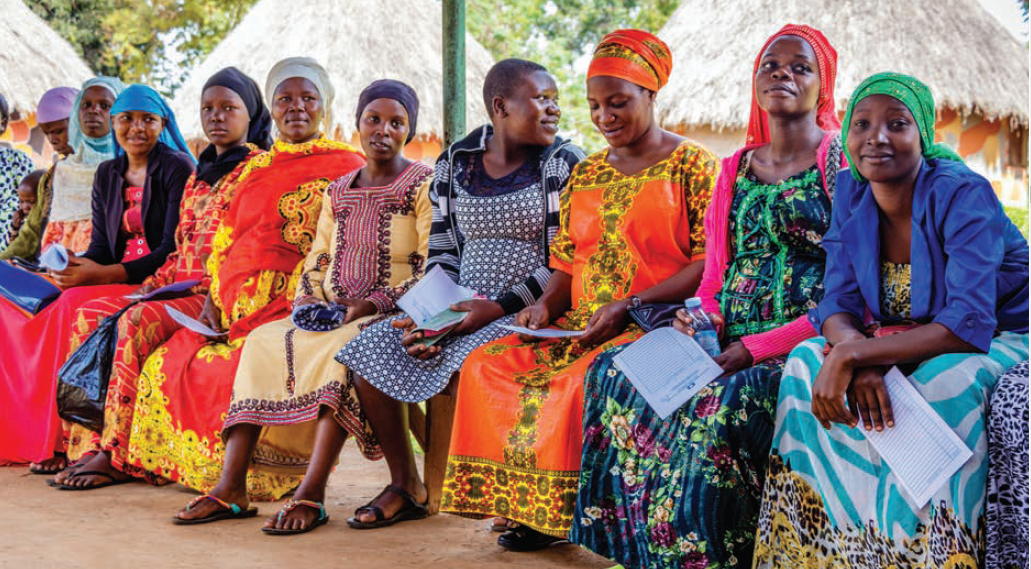Financing universal health coverage in low-income countries
Through simple mathematics, it’s possible to calculate the global investment required to achieve universal health coverage
Financing universal health coverage in low-income countries runs up against the stark reality of poverty. Health care must be publicly financed in order to achieve universal health coverage and decent health care for the poor. Universal health coverage is a matter of practicality to control epidemic diseases, a matter of priority investment for economic development and a matter of basic human rights.
Yet governments in the low-income countries cannot afford universal health coverage on their own. The rich countries and the richest people around the world need to be taxed sufficiently to enable the low-income countries to be able to finance universal health coverage.
The basic financing calculations are straightforward. According to the World Bank, in 2018 there were around 732 million people in 34 low-income countries with a combined gross domestic product of $576.9 billion. Hence, the average per capita GDP is $788. Countries in this income range (below roughly $1,000 per person per year) collect on average 20% of GDP in government revenues. These countries are called upon to devote at least 15% of the budget to health care, and can plausibly achieve up to 20% of the budget for health care.
That, in short, means healthcare spending on the order of 4% of GDP per capita (20% of 20% of GDP), which is roughly $32 per person per year, which equals 4% multiplied by $788.
Yet the evidence shows that even a basic healthcare system requires around $100 per person per year to cover essential services. The third edition of the Disease Control Priorities Project, for example, found that essential universal health coverage would cost $76 per person (at 2012 prices) to achieve 80% coverage. This translates into around $105 per capita (at 2018 prices) for 100% coverage.
Clearly, $105 per person is far beyond the government’s financing capacity of roughly $32 per person.
The financing gap is around $73 per person (= $105 − $32). For 732 million people, the total financing gap comes to approximately $50 billion every year.
The gap of $50 billion per year seems daunting, but looks are deceiving in this case. The high-income donor countries have a combined gross national income of around $50 trillion. Therefore, the financing gap for universal health coverage in low-income countries comes to just 0.1% of the GNI of the donor countries.
Moreover, the United Nations has long called on donor countries to reach the target of 0.7% of GDP in official development assistance. But ODA is stagnant at around 0.3% of GDP, less than half of the global ODA target. If the developed countries therefore raise ODA by another 0.1% of GNI – to roughly 0.4% of GNI – and devote the incremental proceeds to universal health coverage, they would cover the needed $50 billion and would still be far below the UN target of 0.7% of GNI for ODA.
The conclusion is simple and stark. Because of a shortfall in ODA of mere 0.1% of GDP of the rich countries, millions of people die unnecessarily and tragically in the low-income countries. Universal health coverage is a choice, but not one that can be achieved by the low-income countries alone. Universal health coverage must be a matter of global solidarity between the rich and the poor.
Here is a simple way to close the financing gap. There are currently around 2,200 billionaires in the world with a combined net worth of some $10 trillion. Just these 2,200 individuals could cover the financing gap in universal health coverage with little real effort.
Consider this; suppose that governments around the world levied a modest wealth tax on billionaires of 1% of net worth. This would raise around $100 billion per year (= $10 trillion x 1%), which is roughly twice the financing gap for universal health coverage in the low-income countries. Indeed, the estimated global financing gap to enable all children to attend school up to the completion of secondary school is roughly $40 billion per year. A 1% net worth tax on billionaires could in principle fund both universal health coverage and universal education access in the low-income countries.
There are other ways forward as well. Consider the fact that the United States spends $700 billion per year on the military and squandered trillions of dollars on wars of choice in the Middle East.
The world as a whole spends around $1.5 trillion per year on the military. Even a small transfer of funding from the military to health care in low-income countries would close the financing gap for universal health coverage.
Development assistance for health works well, as the success of the Global Fund to Fight AIDS, Tuberculosis and Malaria attests. Universal health coverage is within reach if the low-income and high-income countries work together to achieve practical financing solutions for universal health coverage.
Investing in health for human decency, for human rights and for economic development is one of the world’s best investments to achieve a healthier, fairer, more productive and peaceful world.












